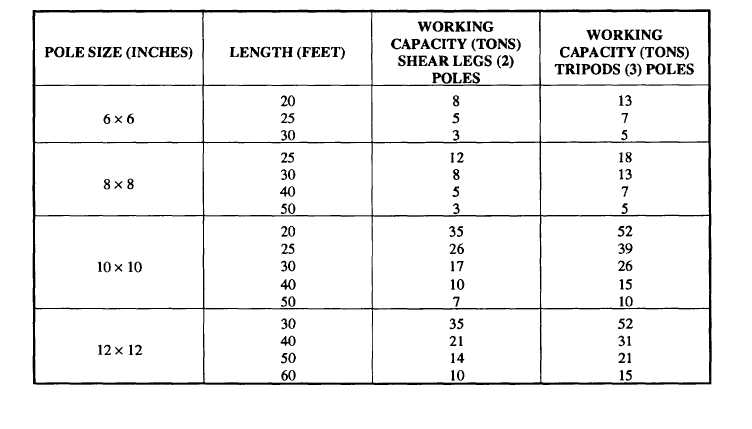
Table 4-1. - Load-Carrying Capacities of Shear Legs and Tripods
lashing applies to a line 3 inches in circumference or smaller. For extra heavy loads, use more turns than specified in the procedure given here. For light loads, use fewer turns than specified here.
As the first step of the procedure, take three spars of equal length and place a mark near the top of each to indicate the center of the lashing, Now, lay two of the spars parallel with their tops resting on a skid (or block). Place the third spar between the two, with the butt end resting on a skid. Position the spars so that the lashing marks on all three are in line. Leave an interval between the spars equal to about one-half the diameter of the spars. This will keep the lashing from being drawn too tightly when the tripod is erected.
With the 3-inch line, make a clove hitch around one of the outside spars; put it about 4 inches above the lashing mark. Then, make eight or nine turns with the line around all three spars. (See view A of figure 4-41.) In making the turns, remember to maintain the proper amount of space between the spars.
Now, make one or two close frapping turns around the lashing between each pair of spars. Do not draw the turns too tightly. Finally, secure the end of the line with a clove hitch on the center spar just above the lashing, as shown in view A of figure 4-41.
There is another method of lashing a tripod that you may find preferable to the method just given. It may be used in lashing slender poles up to 20 feet in length, or when some means other than hand power is available for erection,
First, place the three spars parallel to each other, leaving an interval between them slightly greater than twice the diameter of the line to be used. Rest the top of each pole on a skid so that the end projects about 2 feet over the skid. Then, line up the butts of the three spars, as indicated in view B of figure 4-41.
Next, make a clove hitch on one outside leg at the bottom of the position the lashing will occupy, which is about 2 feet from the end. Now, proceed to weave the line over the middle leg, under and around the other outside leg, under the middle leg, over and around the first leg, and so forth, until completing about eight or nine turns. Finish the lashing by forming a clove hitch on the other outside leg (view B of figure 4-41).
ERECTING TRIPODS
In the final position of an erected tripod, it is important that the legs be spread an equal distance
Continue Reading